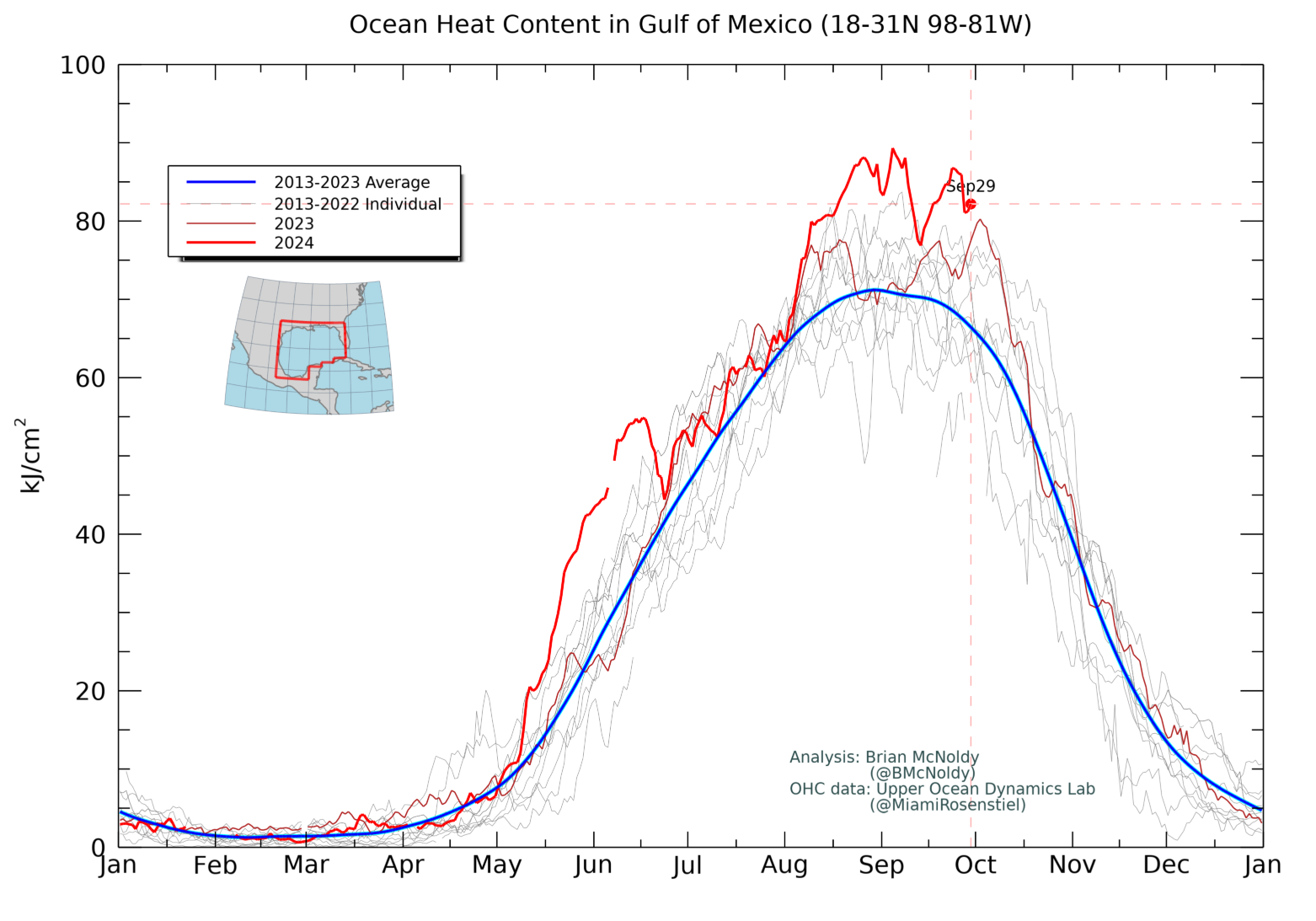The 2024 hurricane season has become one of the most catastrophic on record, culminating in Hurricane Helene, which ravaged the Southeastern United States with unprecedented force. With at least 90 confirmed deaths and a path of destruction spanning over 400 miles, Helene’s impact is a stark reminder of the growing power of hurricanes in the region. Scientists and meteorologists are pointing to one alarming factor behind this intensification: the Gulf of Mexico’s ocean heat content has reached all-time record highs, turning hurricanes into explosive, deadly events.
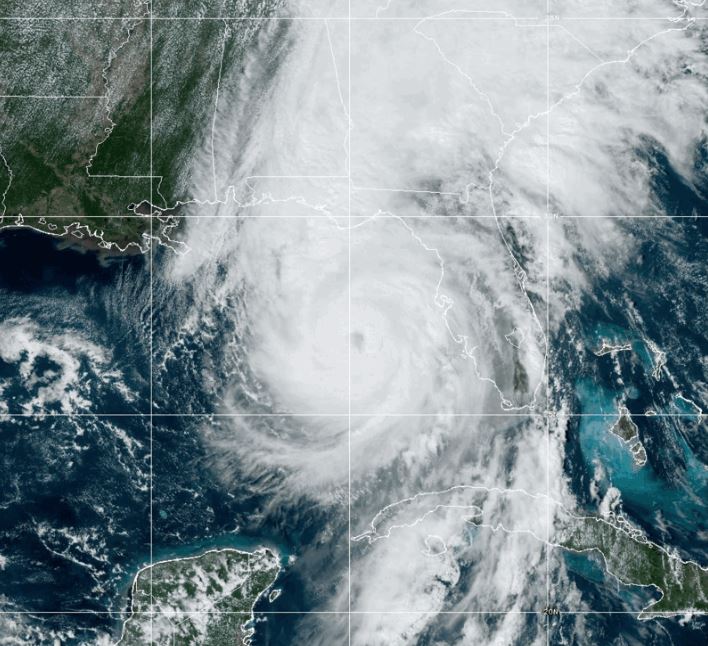
Hurricane Helene, which made landfall in Florida’s Big Bend area as a Category 4 storm, wreaked havoc with wind speeds over 130 miles per hour and devastating storm surges. Helene was the third hurricane to hit the area in just over a year, highlighting a troubling pattern. The Gulf of Mexico’s ocean heat content, which fuels hurricanes by providing energy and moisture, is now at 126% of the seasonal average—a record-breaking figure that obliterates previous all-time highs. This extreme heat turns storms into “bombs,” allowing them to rapidly intensify and grow in size.
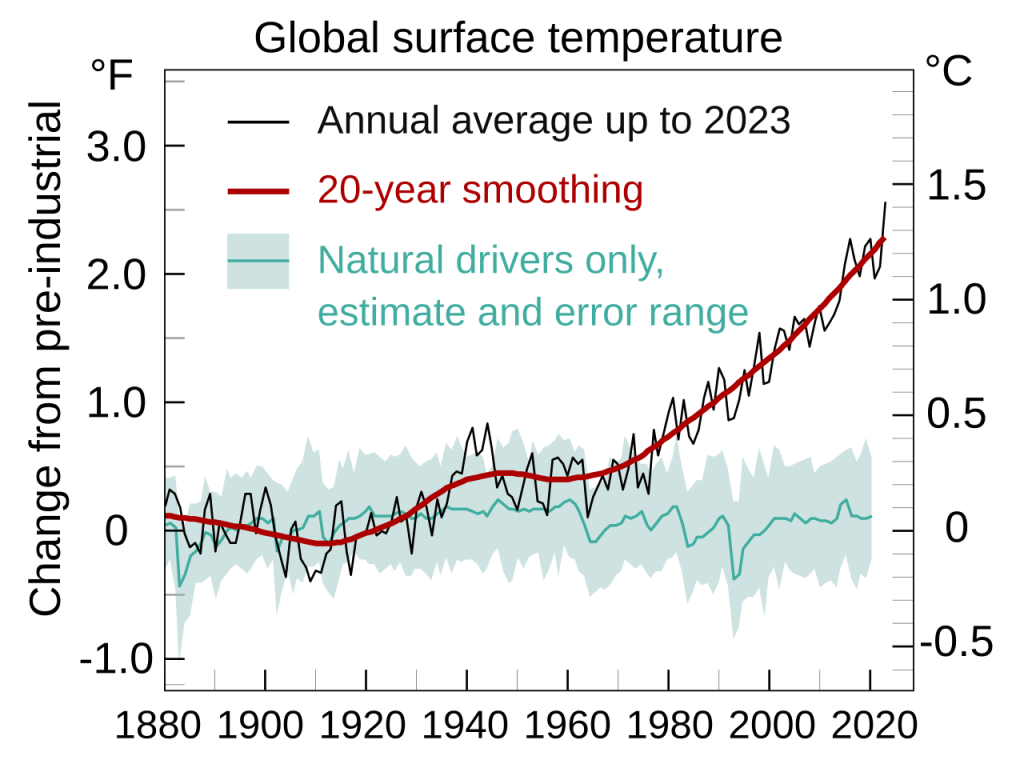
Warm Gulf waters supercharge hurricanes, making them more dangerous, faster-growing, and wetter. Helene’s rapid intensification left little time for communities to prepare, contributing to the widespread devastation. As the storm barreled toward the coast, it transformed from a tropical storm to a catastrophic hurricane in a matter of hours, demonstrating the unpredictable and deadly potential of these newly intensified storms.
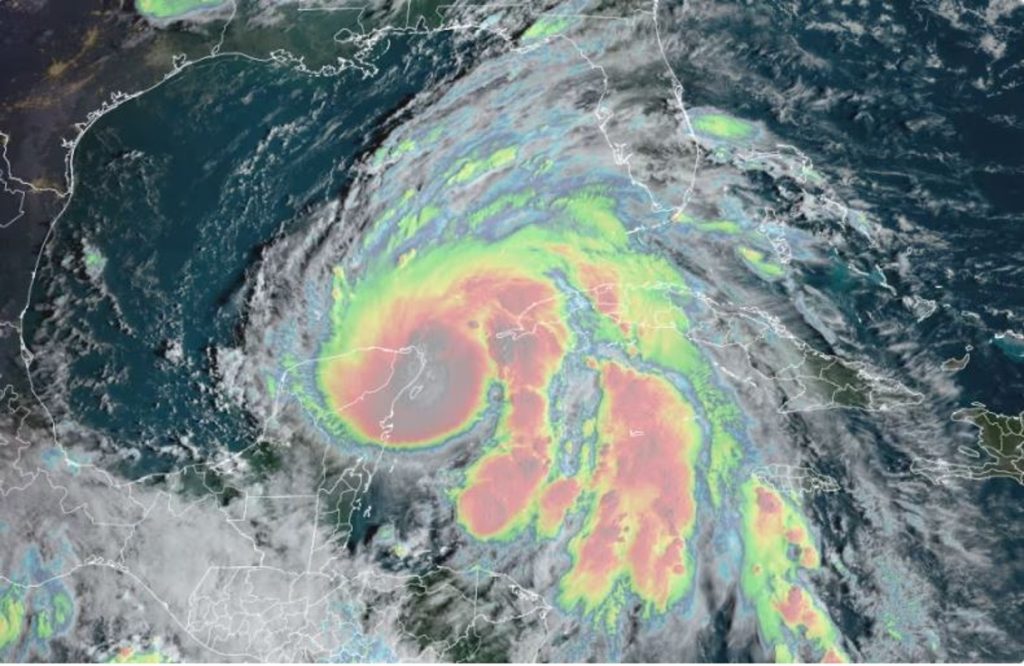
The destruction left in Hurricane Helene’s wake is hard to comprehend. At least 90 people have been confirmed dead across six states, with the death toll expected to rise as rescue and recovery efforts continue. North Carolina was hit hardest, with 36 fatalities.
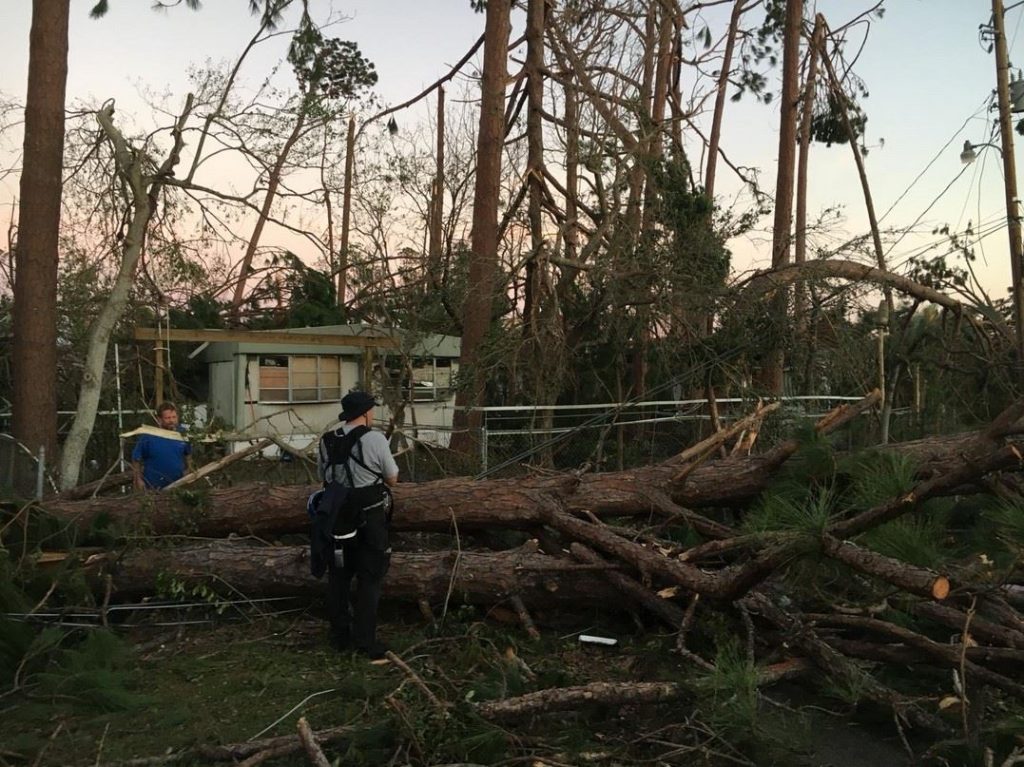
Entire communities have been decimated, with homes flattened, businesses destroyed, and infrastructure crippled. More than 2 million people remain without power, and hundreds of roads, especially in the Carolinas, remain impassable, complicating the delivery of supplies and assistance. The sheer scale of the devastation has left emergency services overwhelmed, as they work tirelessly to find survivors and help those in need.
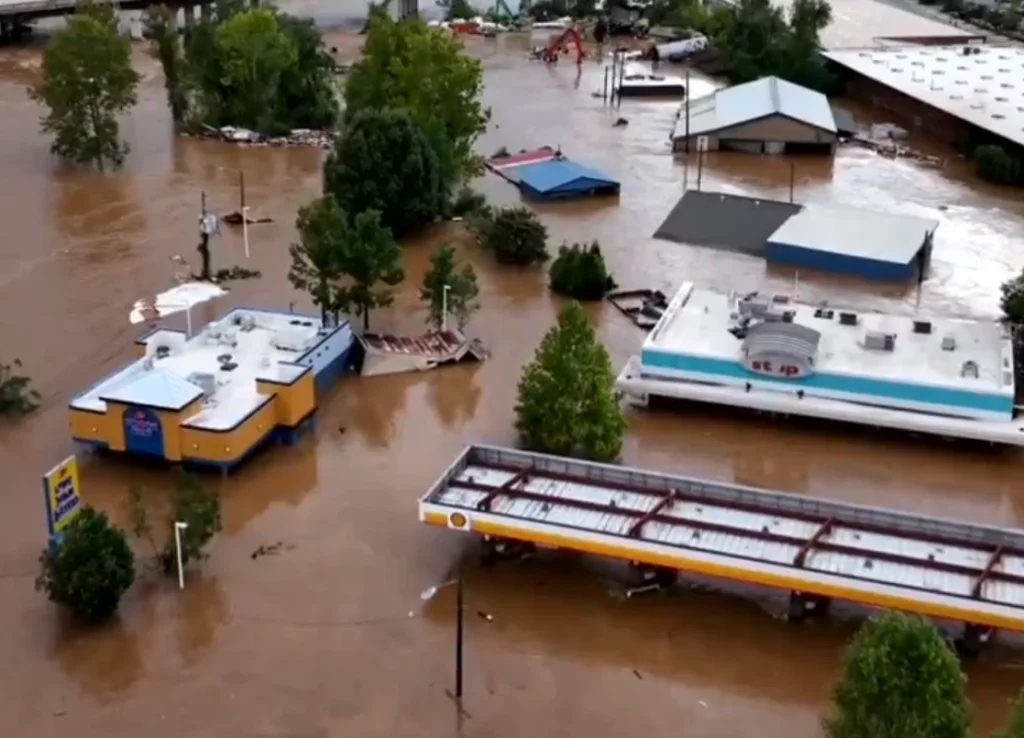
In North Carolina’s Buncombe County alone, over 600 people are still listed as missing, while authorities continue to receive reports of unaccounted-for residents. The breakdown of communication infrastructure, along with the widespread loss of electricity, has made it difficult for many to check in with loved ones, leaving families in a state of anguish as they await news.
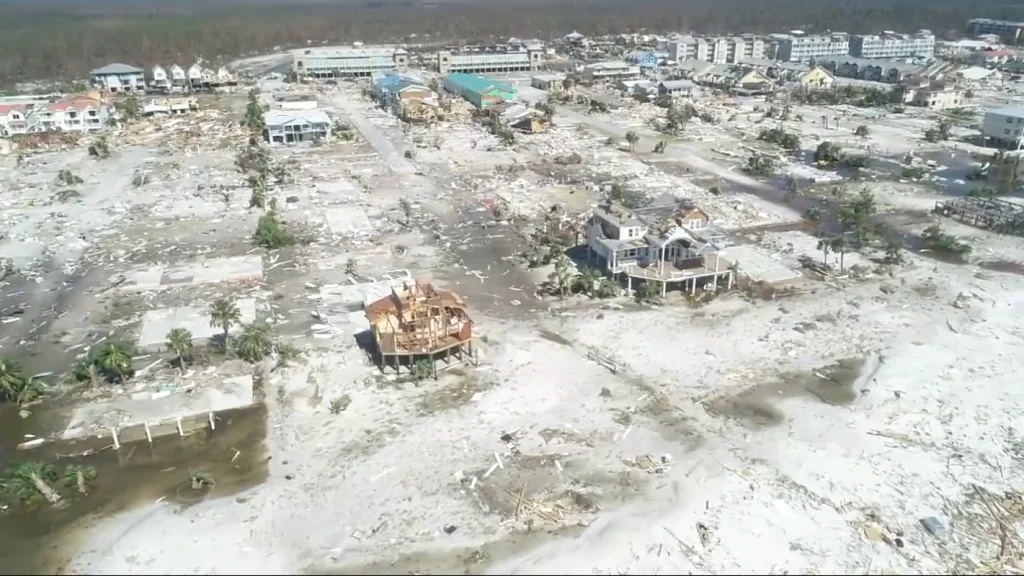
One of the deadliest aspects of Hurricane Helene occurred in Pinellas County, Florida, where nine people tragically lost their lives in areas under mandatory evacuation orders. All of the victims drowned, surrounded by debris in what was supposed to be an empty evacuation zone. Local officials have emphasized the importance of heeding evacuation warnings, as staying behind in high-risk areas can be fatal when storms of this magnitude strike. The devastating loss of life in Pinellas County highlights the urgency of taking evacuation orders seriously, especially as the Gulf’s hurricanes become more powerful and unpredictable.
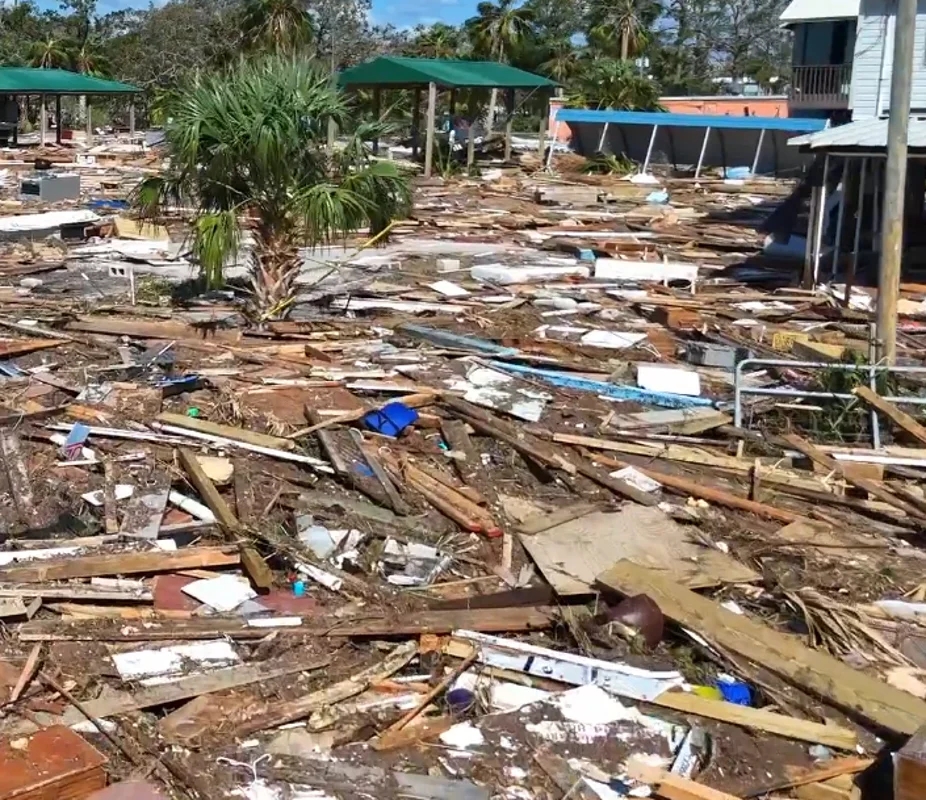
As communities begin the long road to recovery, President Joe Biden has approved federal disaster relief and plans to visit the hardest-hit areas in the coming days. However, the extent of the damage means rebuilding will be a daunting and protracted effort. Many areas remain without electricity, and it could be weeks before power is fully restored. Damaged roads, bridges, and communication systems will further complicate the recovery.
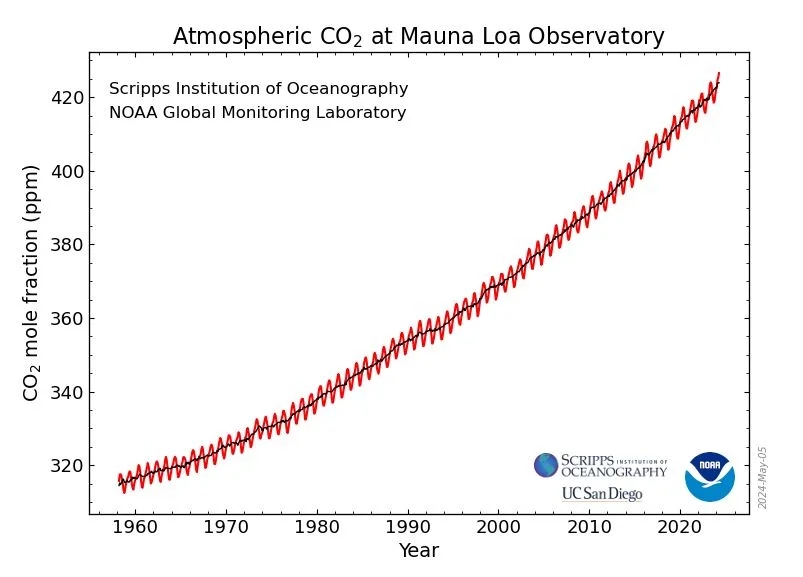
Helene is just the latest storm to reveal the increasing dangers posed by climate change and the warming of the Gulf of Mexico. With ocean heat content at record levels, future hurricanes are expected to be even more dangerous. The rapid intensification and growing size of storms like Helene are becoming the new normal, and coastal communities must adapt to this escalating threat.
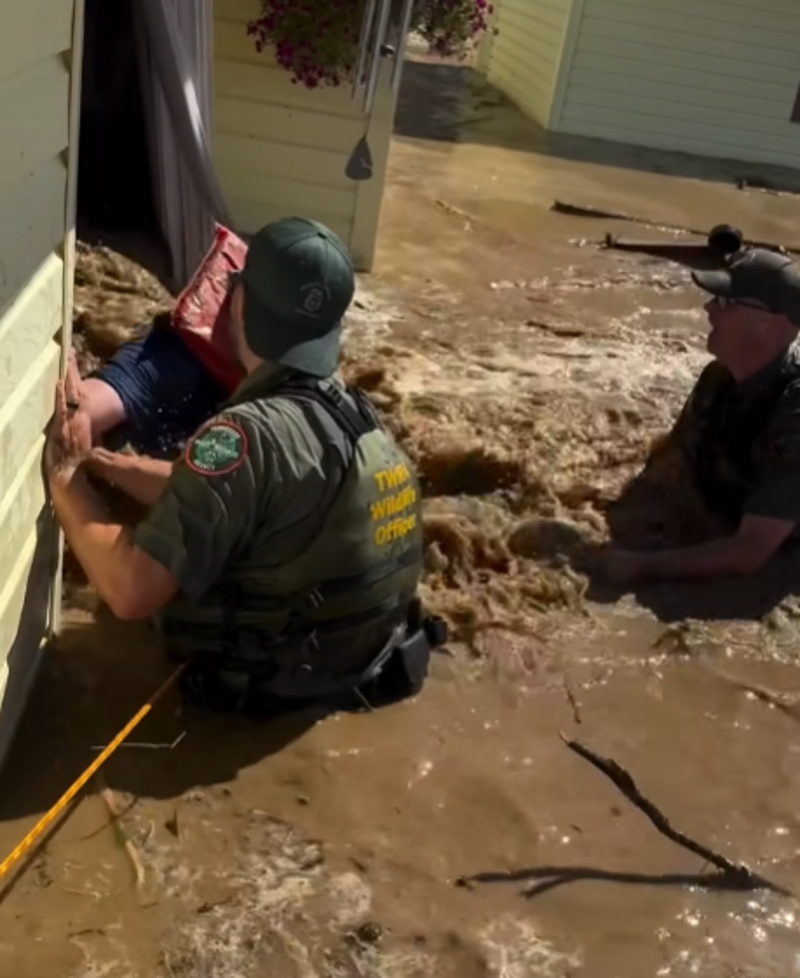
The destruction caused by Hurricane Helene is a tragic reminder of the real-world consequences of climate change. The Gulf of Mexico’s rising temperatures are supercharging hurricanes, leading to more frequent, intense, and deadly storms. Policymakers and scientists alike must work together to address this growing threat, both by implementing climate change mitigation strategies and by preparing communities for the heightened risk of future hurricanes.
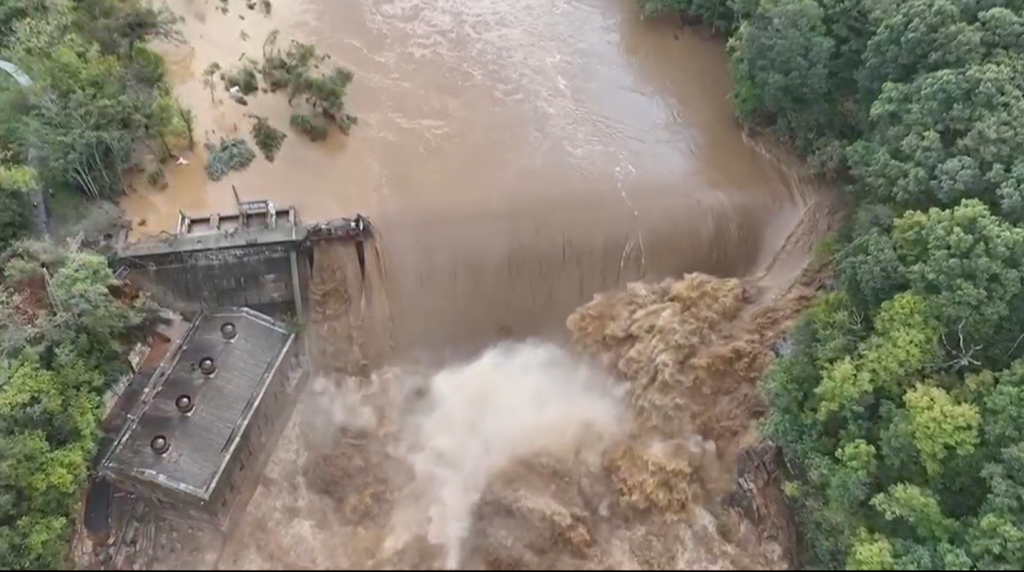
As the Southeast struggles to recover from Helene’s devastating blow, the people affected face a sobering reality: the Gulf of Mexico is becoming a breeding ground for hurricanes that are more powerful than ever before. Without immediate action to curb rising global temperatures and bolster preparedness, storms like Helene will continue to leave destruction and heartbreak in their wake.

As Hurricane Helene has shown, the stakes could not be higher. Communities along the Gulf Coast are living in the shadow of increasingly dangerous storms, and without robust evacuation plans and resilient infrastructure, the human toll will continue to rise. It’s clear that the Gulf of Mexico’s record-breaking heat content is turning hurricanes into bombs, and it’s only a matter of time before the next explosive storm strikes.

